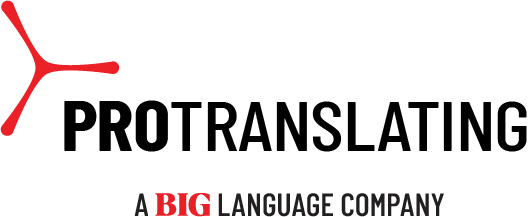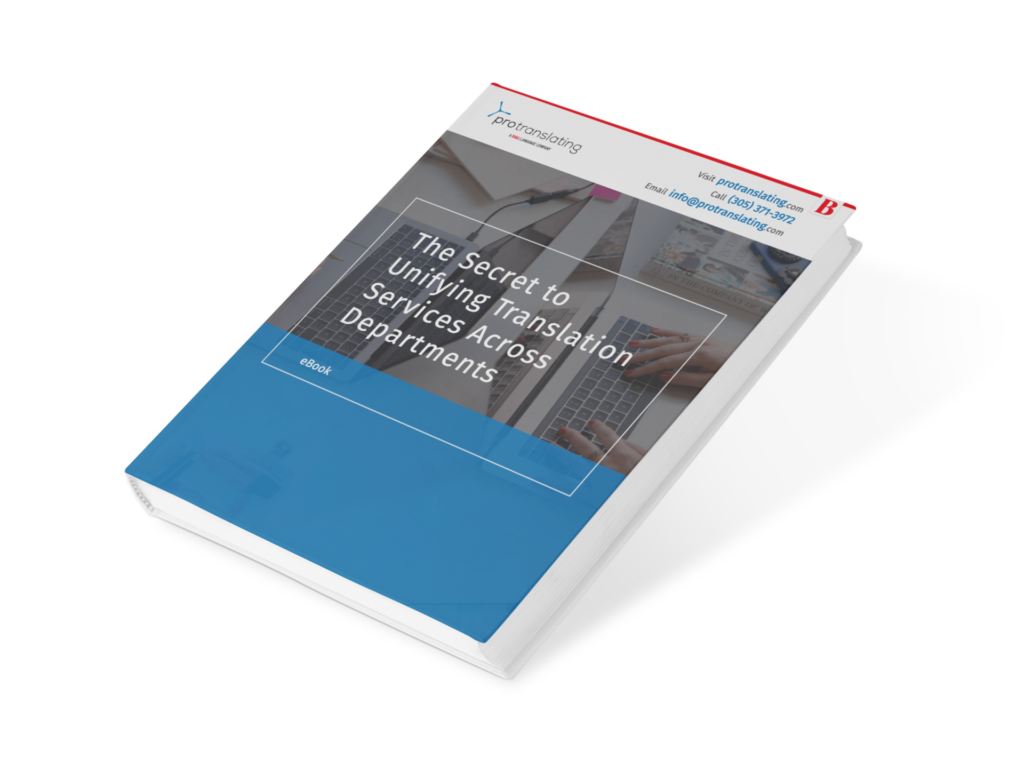To get the best results from an eLearning course, it’s important that the course is administered in each user’s first language. But this is often a challenge for large organizations providing one or more courses across a number of regions and languages. Creating custom, localized course content has typically required a significant resource investment, and this forces those organizations to choose between what’s easy and what’s guaranteed to get the best results.
But the problem isn’t the number of languages you’re trying to accommodate. In many cases, the challenge of building eLearning courses for multiple languages is connected to the tools you’re using to author and localize the course content. Software solutions like Adobe Captivate are designed to facilitate fast, accurate translation of this content, providing organizations with an authoring tool that accelerates course creation and improves the quality of translation and localization.
Here’s an in-depth look at how Adobe Captivate localization and translation can improve your eLearning course content.
What Adobe Captivate Localization and Translation Offers to Businesses
Adobe Captivate offers a wide range of functionality to businesses, but one of its most valuable features is its ability to facilitate fast, efficient authoring of eLearning courses in multiple languages. Captivate is best-known for its ability to produce screen-capture simulations, but recent enhancements to this software allow for much more comprehensive authoring capabilities.
Adobe Captivate translation and localization is made possible by allowing users to export the course content as a downloadable file. This file, which is typically either a .doc or .xml file, features all of the source language that will later be used by a language service provider (LSP) to translate and localize the text.
Once exported, everything text-based in your eLearning course can be translated, localized, and used to create an identical course in a new language. While there are other elements that may need to be translated and localized for each language and region—images, graphics and videos, for example, as well as any voice-over narration—the translated and localized text is an important asset that makes eLearning course creation fast, efficient, and easy to implement across any number of languages.
Other Benefits of Using Adobe Captivate
Adobe Captivate translation and localization benefits from a number of recent enhancements to the authoring software. While the software is valued for its contributions to translation and localization, course developers can use Captivate to build higher-quality courses and experiences than what was possible in the past.
These enhancements include:
- A mobile-friendly user experience. Captivate now features responsive design and HTML5 output, resulting in eLearning experiences that perform well across desktop and mobile devices of any size.
- Interactive quizzes. These quizzes test a user’s knowledge of the information they’ve just studied, and provides instant feedback based on their answers. Thanks to Adobe Captivate’s localization and translation capabilities, it’s easier than ever to write these quizzes and replicate the interactive experience across every language version of the course.
- Developer templates and assets. In addition to streamlined localization and translation, Adobe Captivate offers a library of graphics, assets and layouts that save developers the trouble of building their course from scratch. These assets can also help inexperienced developers create courses with greater visual appeal than they might be able to achieve on their own.
- Integration with Photoshop. Access to Adobe’s flagship creative suite makes it easier to create and edit visual content that increases user engagement and enhances your course experience.

Tips to Optimize Translations for Adobe Captivate
To get the most from your Adobe Captivate localization and translation efforts, users should follow the best practices for using Captivate. The following tips will help you avoid time-wasting mistakes that complicate your translation and localization efforts, while also threatening the overall quality of your localized eLearning course:
- Keep translation size in mind when creating course layouts. Translations from the original source language can increase or decrease the size of the text body by as much as 50 percent. Captivate’s responsive design functionality ease some of these size discrepancy issues, but you’ll still want to keep text size in mind when drafting the course in the original source language.
- Account for any voice-over narration when estimating the time-to-completion for a course translation. Narration is an added project outside of Adobe Captivate translation and localization, although subtitles will need to be created after the narration is complete..
- Don’t change ID values of the exported document. These ID values are needed to properly import the document back into Captivate after the text has been translated and localized. If you change the ID values, you won’t be able to import the text correctly..
- Remember that multimedia translations need to be done separately. Videos, graphics, images and other content all need to be translated and localized separately. In some cases, you may be able to use localized text as a replacement for source language text used in this content..
- Consider how selected fonts and color schemes will perform in different languages. As you approach using Adobe Captivate translation and localization techniques, keep in mind that certain fonts are easier to translate and localize than others. Many fonts, for example, only offer limited characters in Chinese and Japanese, while other fonts aren’t equipped to be read from right-to-left, as languages including Hebrew, Urdu and Farsi require. Also remember the cultural context of certain colors: The color red, for example, evokes evil and danger many Middle Eastern cultures, and for that reason may class with your eLearning course’s intended messaging.







